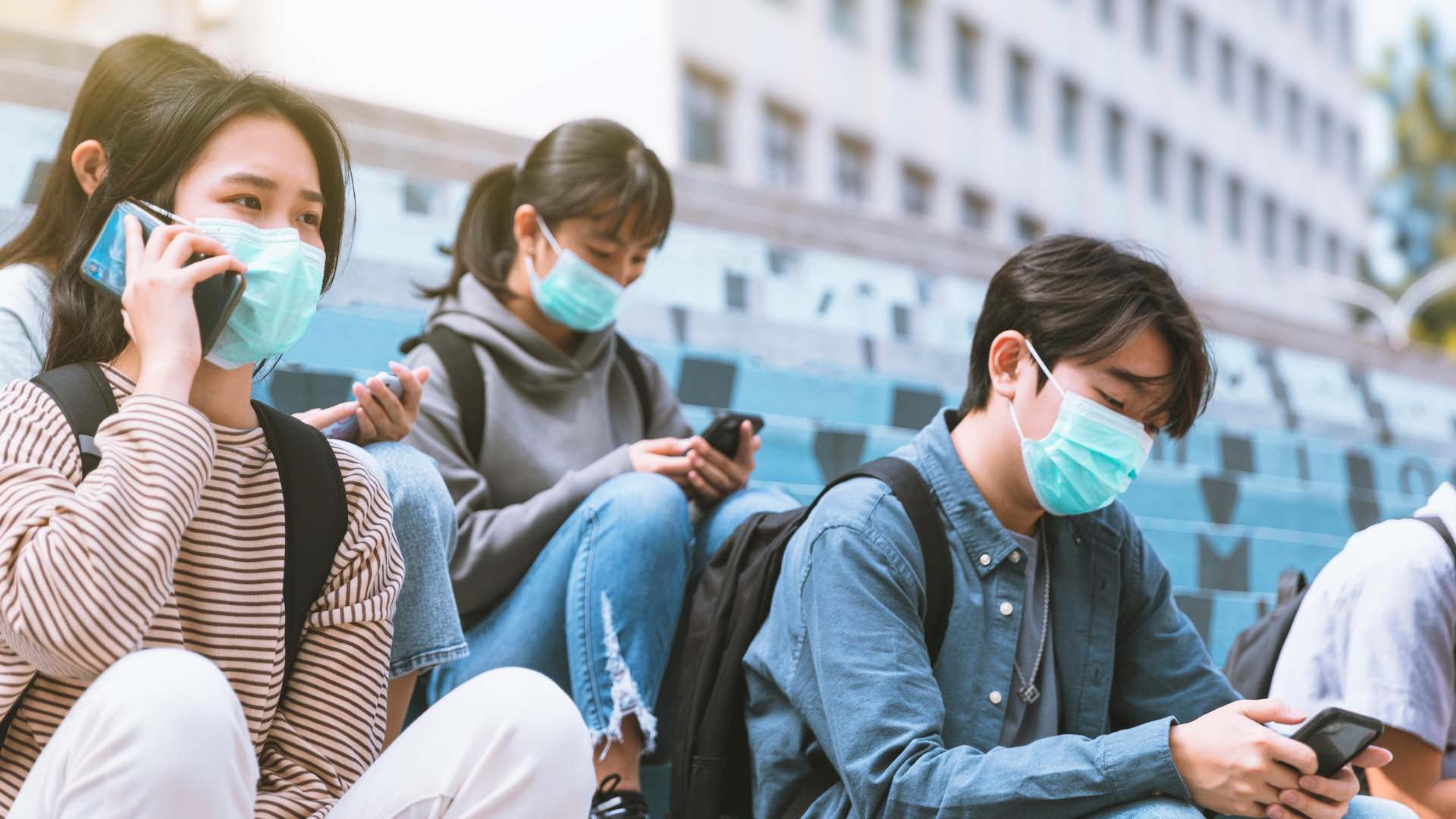The World Health Organization (WHO) has intensified its focus on China, calling for comprehensive details regarding a surge in respiratory illnesses and specific instances of pneumonia among children. This request, issued on Wednesday, underscores the global health body’s concern over the evolving health landscape in the world’s most populous nation. In a recent statement, the WHO highlighted a press conference conducted by the National Health Commission of China on November 13.

The conference shed light on the rising incidence of respiratory diseases across China. This uptick in illnesses has been largely attributed to the recent relaxation of COVID-19 restrictions, sparking an increase in known pathogens like influenza, mycoplasma pneumoniae, respiratory syncytial virus, and the virus responsible for COVID-19. The Chinese authorities have acknowledged the critical need for improved disease surveillance, both in healthcare facilities and community environments.
Additionally, they emphasized strengthening the capacity of the health system to effectively manage the influx of patients. This development was reported by Reuters, highlighting the ongoing challenge faced by the healthcare system in China. Transparency in reporting such health crises has been a contentious issue, particularly in the context of the COVID-19 pandemic’s origins in Wuhan. Both China and the WHO have faced scrutiny over the clarity and timeliness of information shared regarding the initial outbreak of the virus.
The WHO, citing reports from entities like the Program for Monitoring Emerging Diseases, has noted clusters of undiagnosed pneumonia in children in northern China. However, it remains unclear whether these clusters are linked to the broader increase in respiratory infections or represent distinct events. In response, the WHO has requested additional epidemiological, clinical, and laboratory data regarding these outbreaks among children.
This request has been made through the International Health Regulations mechanism, a standard protocol for such global health concerns. The WHO’s request extends beyond these specific outbreaks. It seeks information on the overall trends in pathogen circulation and the current impact on healthcare systems. The organization maintains contact with clinicians and scientists in China through established technical partnerships and networks. Since mid-October, northern China has seen a marked increase in influenza-like illnesses, surpassing rates observed in the same period over the past three years.
China reportedly has robust systems for monitoring illness trends and reporting these to platforms like the Global Influenza Surveillance and Response System. As the WHO awaits further details, it continues to recommend preventive measures to the Chinese public. These include vaccination, social distancing, self-isolation when ill, testing and seeking medical care as necessary, appropriate use of masks, ensuring good ventilation, and regular hand-washing.
